Breda 201
Production Time 9 to 10 weeks
Shipment is by FedEx, UPS or DHL International Express Courier with a normal door-to-door delivery time worldwide of within 2-3 business days after dispatch. Due to the current volatility of world fuel prices, the amount mentioned here is our best estimate for DHL and UPS and may be subject to change at the time of shipping.

Model Description: Breda 201 Wood Replica Scale Custom Model Aircraft
Manufacturer: Breda
Wingspan: 17 Inches (43.2 Centimeters)
Height: 4.1 Inches (10.4 Centimeters)
Scale: 1:30
$239.50
Production Time 9 to 10 weeks
-
United States dollar ($)
-
Pound sterling (£)
-
Euro (€)
-
Australian dollar ($)
-
Canadian dollar ($)
-
Singapore dollar ($)
-
Swiss franc (CHF)
-
Japanese yen (¥)
-
Danish krone (kr.)
-
Hong Kong dollar ($)
-
Norwegian krone (kr)
-
Swedish krona (kr)
-
United Arab Emirates dirham (د.إ)
General Product Description
Our PlaneArts Breda 201 model exhibits unique, unrivaled quality and detailed design to come as close as possible to the accuracy of the actual plane. It comes as standard with a robust, durable base or stand which is available in a variety of different finishes designed to match your own personal requirements including solid wood, wood with polished metal supports or adjustable wood wall mount and will be ready within about 9-10 weeks from placement of order.
The Breda 201 model is made of the finest kiln dried renewable mahogany wood (commonly known as Lauan or Meranti) which has undergone many stages of carving and meticulous and careful sanding giving the beautiful, finished museum quality masterpiece. Many collectors and model connoisseurs demonstrate their preference for genuine handmade and hand painted mahogany wood models rather than plastic or die cast (diecast) alternatives due to the overall look and totally different feel of the item - we trust you will find the same. We can however, if required produce the same model in Solid Cast Resin so just click and contact us for further information. Our craftsmen and gifted artisans ensure that our finely handcrafted model airplanes match the precise blueprint details of the original aircraft. The paint scheme, markings and parts are closely matched, reflecting the original aircraft. This stylish top-quality desktop replica model will surely enthrall anyone who receives this as a gift and for sure one of the most appropriate and desirably collectable gifts for any military aviation enthusiast and avid aircraft collector whilst also displaying a perfect resemblance to the actual real life version.
There are many types of military propeller aircraft, but the basic types are bombers, fighters, fighter bombers, spotter planes, transporters, patrol aircraft, trainers, and reconnaissance and observation aircraft. All these types of aircraft are used for different types of missions. If you're a fan of historic or present-day military aviation, our model aircraft will bring the excitement and character of these aircraft right into your own home. You can order a wood airplane model of a North American B-25 Mitchell Bomber, a B17 - Flying Fortress, or a P-51 Mustang Nervous Energy V not forgetting the Bf 109, Spitfire, FW 190, A6M Zero, P-38 and F4U. These classic, propeller airplane models are of the highest quality. Each is individually crafted by our expert craftsmen. They produce handmade scale mahogany airplane models of the finest aircraft from World War I and II to present day biplanes and triplanes.
If you require, we can also make the Breda 201 model in any other military, government or even private livery or colour scheme you require and if necessary, in a different size or scale. Just click here to contact us with a description or photographs of what you require, and we will let you have a quotation for the necessary customization by return email. We can also make bespoke scale replicas of any other private / civil commercial airliner or airliners, helicopter, glider, gliders with engines, military jet, warplane jets, biplane, triplane, tail fin, spacecraft, rocket or NASA model you require in any airline, military or civilian livery or colors. We also produce model airships, blimps, dirigibles, blimps, boats, and ship collectibles. Wall plaque or seal for military, government or private customers. Again, by clicking here to contact us just let us know exactly what you need.
The Breda 201: Italy’s Forgotten Warbird
The annals of World War II aviation are filled with legends like the Spitfire, the Mustang, and the Zero. Yet, many aircraft that played pivotal roles remain in the shadows of their more famous counterparts. One such overlooked gem is the Breda 201, an Italian medium bomber that showcased remarkable design features and performance for its time. Despite its limited production and operational use, the Breda 201 remains an important chapter in aviation history, reflecting Italy’s innovative approach to aircraft design during the tumultuous years of the early 20th century.
Innovative Design and Construction:
The Breda 201 was developed in the late 1930s as a potential replacement for older Italian bombers. It was a low-wing monoplane, a design choice that endowed it with a sleek profile and relatively high speed for a bomber of that era. The aircraft’s construction was primarily metal, with fabric-covered control surfaces, a standard practice that provided a good balance between durability and weight.
One of the Breda 201’s most notable features was its retractable landing gear, which, while increasingly common among fighters, was still a novel feature for bombers, significantly reducing aerodynamic drag and thus improving speed and range. Its wing design also featured innovative flaps and slats to improve lift at lower speeds, enhancing takeoff and landing performance, critical for operating from the shorter runways common in Italy at the time.
Armament and Performance:
The Breda 201 was equipped to fulfill its role as a medium bomber effectively. It was armed with multiple machine guns for defense against enemy fighters, including positions in the dorsal and ventral parts of the fuselage. For its bombing missions, it could carry a respectable payload for its size, though it fell short of the capacity of larger contemporaries like the American B-17.
In terms of performance, the Breda 201 was commendable for its time, with a maximum speed that rivaled that of some fighters at the outbreak of World War II. Its range and ceiling were adequate for the Mediterranean theater, where Italy primarily focused its military efforts. However, it was the aircraft’s handling and reliability that earned it praise from those who flew it, showcasing the design’s soundness despite the limited number produced.
Operational History and Legacy:
The Breda 201’s operational history was, unfortunately, quite limited. Only a small number of prototypes and production models were completed before and during the war. Various factors, including Italy’s industrial limitations, shifting wartime priorities, and the rapid evolution of military aviation technology, meant that the Breda 201 did not see extensive service.
Those aircraft that did see operational use were primarily involved in testing and evaluation, with some limited engagement in combat. Despite its potential, the rapidly changing circumstances of World War II and the emergence of more advanced aircraft designs from both Allies and Axis powers relegated the Breda 201 to a footnote in aviation history.
Nevertheless, the Breda 201’s legacy is one of ingenuity and potential. It stands as a testament to Italy’s often-underestimated aviation industry and its efforts to innovate under challenging conditions. For historians and aviation enthusiasts, the Breda 201 offers a fascinating glimpse into what might have been, had circumstances been different. Its story is a reminder of the countless innovations and contributions of lesser-known aircraft and their creators, which together shaped the aerial warfare landscape of World War II.
| Weight | 6 kg |
|---|---|
| Dimensions | 14.6 × 17 × 4.1 in |

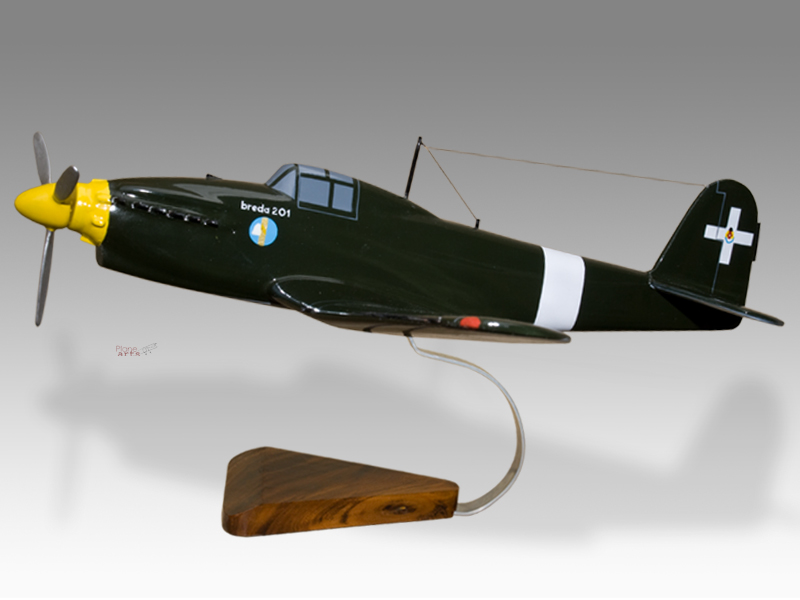
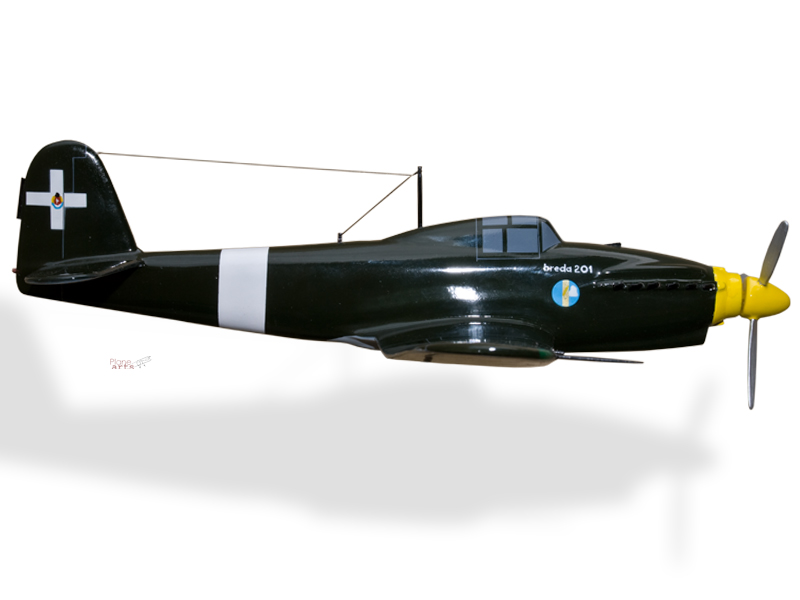
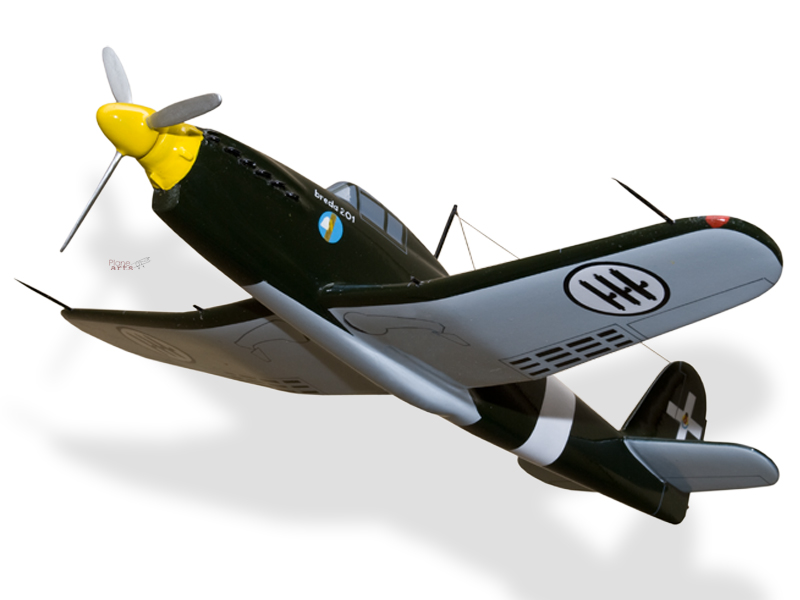
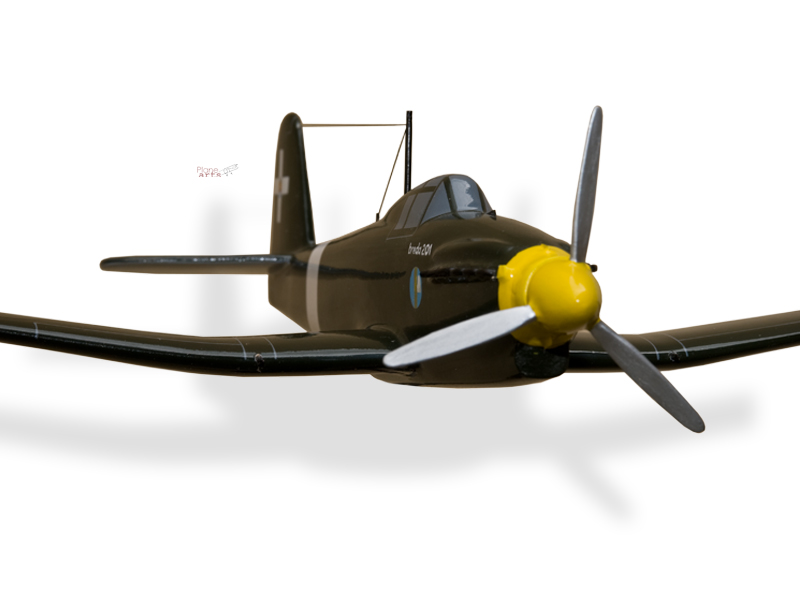
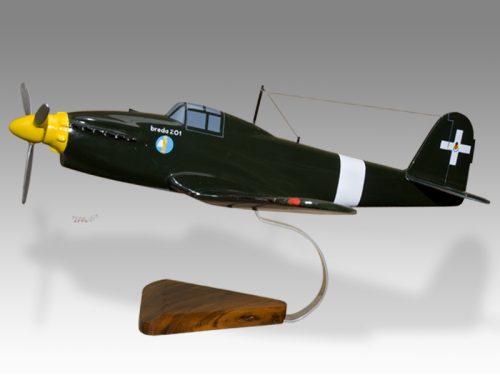
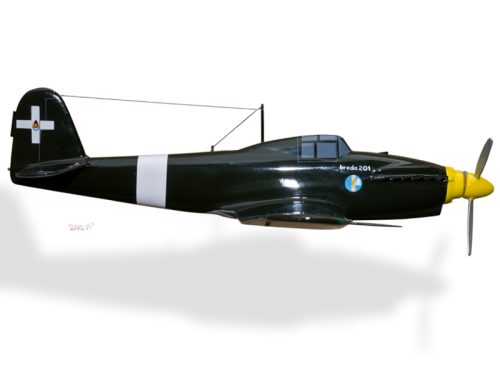
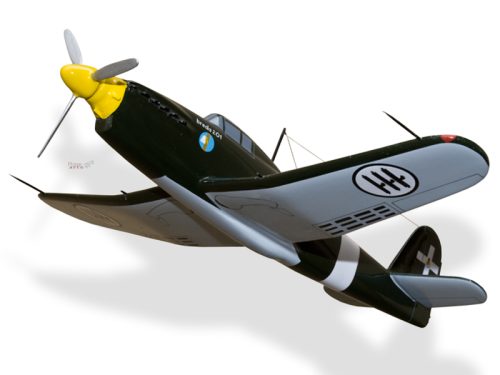
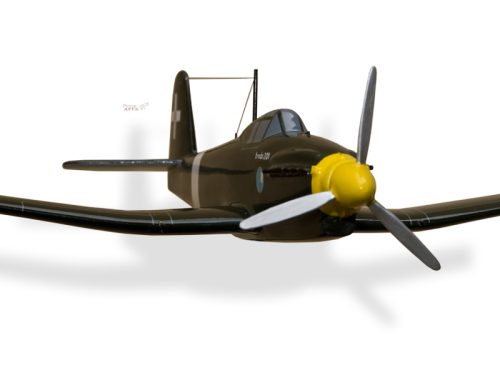
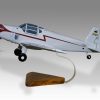

Reviews
There are no reviews yet.